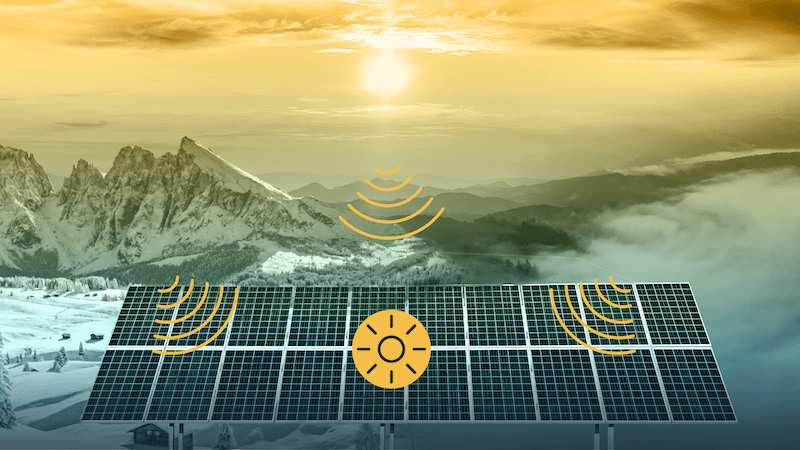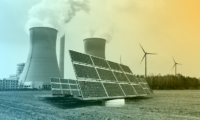Let’s talk about solar panels. These cool roof additions do more than just look high-tech. They’re a big part of our shift to renewable energy, turning sunlight into electricity.
But here’s a burning question: do they need full, direct sunlight to work effectively? You might think so, but the truth is a bit more nuanced and pretty interesting.
So, whether it’s a bright sunny day or one of those gray, cloudy ones, how do solar panels hold up? That’s what we’re here to explore. We’ll cut through the jargon and get down to how these panels perform in different light conditions. Let’s jump in!
Basics of Solar Energy
Solar panels operate on a simple yet ingenious principle. At the heart of each panel are photovoltaic cells, usually made of silicon. These cells spring into action when exposed to the sun’s rays, specifically photons — the basic units of light. When photons hit these cells, they energize electrons, creating an electric current.
The intensity and amount of sunlight plays a big role. Under direct sunlight, which is full of photons, solar panels work at their best, generating maximum power.
However, they don’t just shut down on cloudy days. Indirect sunlight still contains photons, just fewer of them, meaning the panels still produce electricity, albeit less efficiently. So, whether it’s a bright or cloudy day, solar panels keep converting light into usable energy.
Solar Panels and Weather Conditions
Solar panels are designed to harness sunlight, but what happens when the weather isn’t picture-perfect? Let’s explore how solar panels perform under various weather conditions like cloudy days, overcast skies, partial shade, and even during snowfall.
- Cloudy days. It’s a common misconception that solar panels go idle under cloud cover. In reality, they continue to produce electricity, albeit at a reduced efficiency. Cloudy weather doesn’t block all sunlight; it merely scatters and diffuses it. While there are fewer direct photons hitting the panels, indirect photons still contribute to power generation. Typically, solar panels can operate at around 10% to 25% of their normal capacity on a cloudy day.
- Overcast days. Similar to cloudy conditions, overcast skies result in indirect light but don’t completely halt solar energy production. The diffused light in overcast conditions can still be captured and converted into electricity by solar panels thanks to their sensitivity to a broad spectrum of light wavelengths.
- Partial shade. The impact of shade on solar power generation can vary. Solar panels consist of multiple cells connected together. When one part is shaded, it can significantly reduce the output of the entire panel. Modern solar installations often use microinverters or power optimizers to minimize this impact, allowing unshaded cells to continue operating at full capacity.
- Snowfall. Interestingly, a light layer of snow can actually help clean the panels and enhance performance once the snow slides off, as it often does on sloped panels. However, heavy snow accumulation can block the panels, resulting in not enough sunlight and temporarily halting power generation. However, solar panels are typically installed at an angle, aiding in the quick shedding of snow.
In conclusion, while optimal conditions yield the best performance, solar panels are remarkably resilient and capable of generating power in a variety of weather conditions. This adaptability makes them a reliable source of renewable energy, regardless of the whims of the weather.
Solar Panel Technology and Adaptations
Solar technology is constantly evolving with new adaptations and improvements. Let’s look at the different types of solar panels and some key technological advancements enhancing their efficiency.
Types of solar panels
- Monocrystalline solar panels. Made from single-crystal silicon, they are highly efficient but also the most expensive.
- Polycrystalline solar panels. Constructed from multiple silicon fragments melted together, they have slightly lower efficiency and are more affordable.
- Thin-film solar panels. These are made from various materials like amorphous silicon or cadmium telluride. They offer lower efficiency but are more versatile and less affected by high temperatures.
Technological advancements
- Microinverters. These are installed on each solar panel to convert direct current (DC) to alternating current (AC) right at the source. This improves efficiency by reducing energy loss and allows each panel to perform independently, which is particularly useful in partial shade conditions.
- String inverters. Traditionally used in solar installations, these inverters connect a string of panels together, converting their combined DC output to AC. While cost-effective, their efficiency can be impacted if one panel underperforms.
- Power optimizers. These devices are attached to each solar panel, optimizing power output before sending it to a central inverter. They enhance performance and provide monitoring capabilities for each panel.
Solar batteries play a vital role in storing excess energy generated during the day for use during night or low-sunlight conditions, which maximizes the utility of the solar installation.
Other enhancements like automated solar tracking systems, which adjust the panels’ angle to follow the sun, further boost efficiency. These adaptations ensure the performance of solar panel systems is not only more efficient but also more adaptable to a variety of settings and conditions.
Energy Production and Efficiency
Solar panels convert sunlight into electricity through the photovoltaic effect. This process begins when photons from sunlight energize electrons in solar cells, creating an electric current. The efficiency of solar panels depends on several factors:
- Sunlight intensity. More sunlight means more energy. The power generation peaks during hours of strong sunlight.
- Panel positioning. Aligning panels correctly toward the sun maximizes their exposure and energy capture.
- Peak sun hours. These are the times when solar irradiance is highest, crucial for optimal energy production.
To produce maximum efficiency, solar systems often incorporate electrical adaptations like maximum power point tracking (MPPT) controllers, which ensure panels operate at their peak potential.
The right wiring configuration, whether series or parallel, also plays a role in optimizing performance. By fine-tuning these aspects, solar systems can maximize the capture and conversion of solar energy into usable solar electricity.
Solar Power in Different Environments
Solar panels have shown remarkable versatility across various climates, proving their sustainability and viability worldwide.
- Desert climates. In sunny deserts, panels get ample sunlight but face heat challenges. Innovations in cooling technologies help maintain efficiency in these hot conditions.
- Cold, snowy regions. Surprisingly, solar panels perform well in cold climates like in Germany or Canada. Cold temperatures can increase efficiency, and snow reflection can boost light exposure. Panels are usually angled to shed snow quickly.
- Tropical climates. In humid and often cloudy tropical areas, solar panels are adapted to maximize energy from diffuse sunlight.
Solar power’s sustainability is not bound by geography. It’s a practical energy solution even in less sunny regions, aided by technological advances and the use of solar batteries for energy storage. With ongoing advancements, solar energy continues to grow as a reliable and efficient renewable energy source globally.
Considerations for Homeowners and Installers
If you’re thinking about going solar, here are some key points to consider for maximum benefit:
- Check how much sunlight your roof gets. South-facing roofs usually catch more sun.
- Ensure your roof has the right angle and enough space for the panels.
- Watch out for shade from trees or buildings that can lower efficiency.
- Look into government tax credits, incentives, and rebates to cut installation costs.
- Expect lower energy bills to offset the installation expense over time.
- Solar panels can increase your home’s value.
- Keep your panels clean and free from debris.
- Schedule regular professional check-ups.
- Use monitoring systems to keep track of performance.
By paying attention to these aspects, you can make the most of your solar investment, enjoying lower energy bills and contributing to a greener planet.
How Solar Power Stands Strong, Rain or Shine
Solar panels showcase remarkable resilience, efficiently converting the sun’s energy into electricity across various lighting conditions. Their ability to produce a substantial amount of electricity even in less-than-ideal light demonstrates their adaptability, ensuring a consistent energy output from your solar power system.
Solar energy is a cornerstone in the global shift towards renewable resources. Its role in reducing environmental impact is undeniable, making it a key player in sustainable energy efforts.
The future of photovoltaic technology looks promising, with advancements making solar more efficient and accessible. This progress is paving the way for broader adoption, bringing renewable energy to more homes and communities.
Check out Payless Power to explore how you can join the solar movement and contribute to a greener future.









